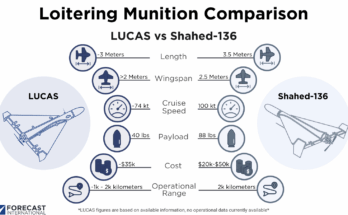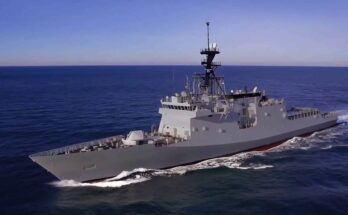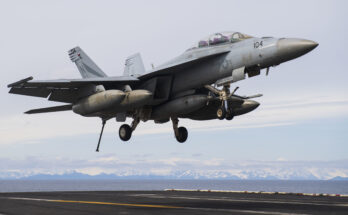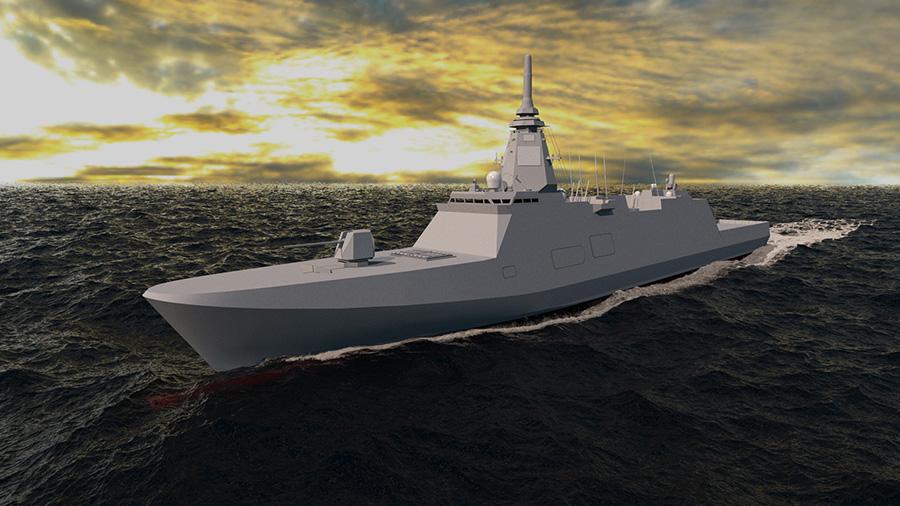
Australia’s Department of Defense announced this week that, after a close race, Mitsubishi Heavy Industries (MHI) had emerged victorious in its bid to fill the country’s General Purpose Frigate (GPF) requirement. With a contract expected by early 2026, MHI is set to supply 11 advanced Mogami-class frigates to the Royal Australian Navy (RAN) for an estimated cost of US$6.5 billion, replacing the country’s aged Anzac class. Per the deal, the first three hulls will be built in Japan, with the remaining eight built in Western Australia. The deal is the largest Japanese warship export in modern history, and the largest defense agreement between Tokyo and Canberra ever. It will also mark Tokyo’s first construction of a major surface ship overseas, a significant achievement in Japan’s quest to expand its defense footprint globally.
MHI’s win concludes a selection which began in earnest in February 2024 after the release of the government-commissioned Independent Analysis of the Navy’s Surface Combatant Fleet. The document shortlisted five designs, including the Mogami. The Japanese frigate was considered something of a long shot in a field that included offerings from more established exporters like Navantia and ThyssenKrupp Marine Systems (TKMS). Both TKMS and Navantia had designed ships for Australia before, whereas MHI had never exported a major surface warship design. In November 2024, the list was narrowed down to two front-runners: MHI’s Mogami and TKMS’ MEKO A-210. Even then, some considered the shortlisting a pre-emptive consolation prize for an incoming second-place finish. This week’s selection has silenced the critics and validated Mitsubishi’s strategy of dogged persistence. The company’s success can be attributed to several factors, all of which combined for a perfect storm offer that Australia was hard-pressed to refuse.
Advantage: Mogami
The crux of MHI’s successful bid is, understandably, the platform itself. The Mogami is widely considered an advanced design, and the company’s promise to deliver its even more sophisticated Upgraded Mogami variant furthered this assessment. The larger Improved variant boasts an impressive 32-cell “strike length” Vertical Launch System (VLS), capable of firing Tomahawk land attack cruise missiles as well as interceptors and anti-ship missiles. Other weapons include a RIM-116 RAM-equipped SeaRam system, a Mk. 45 main gun, torpedo tubes and two remote weapons stations. Enhanced sensors and innovative internal systems, including a futuristic 360-degree Combat Information Center (CIC), are also standout features of the class.
Mitsubishi’s offering can reach a maximum range of 10,000 nm (18,500 km), making it not only the most capable in that regard out of the pre-selected GPF designs, but one of the longest-distance frigates currently available in the world. Moreover, the new frigates will be the longest-range warships in Australian service. As the RAN is responsible for patrolling Australia’s 3.86 million sq mi (10 million sq km) maritime Exclusive Economic Zone (EEZ), the range of the Mogami was undeniably an asset. In the official announcement, Australia’s Department of Defense stated that the new ships would help “secure our maritime trade routes and our northern approaches,” further emphasizing the ship’s planned use as a long-range, blue water asset.
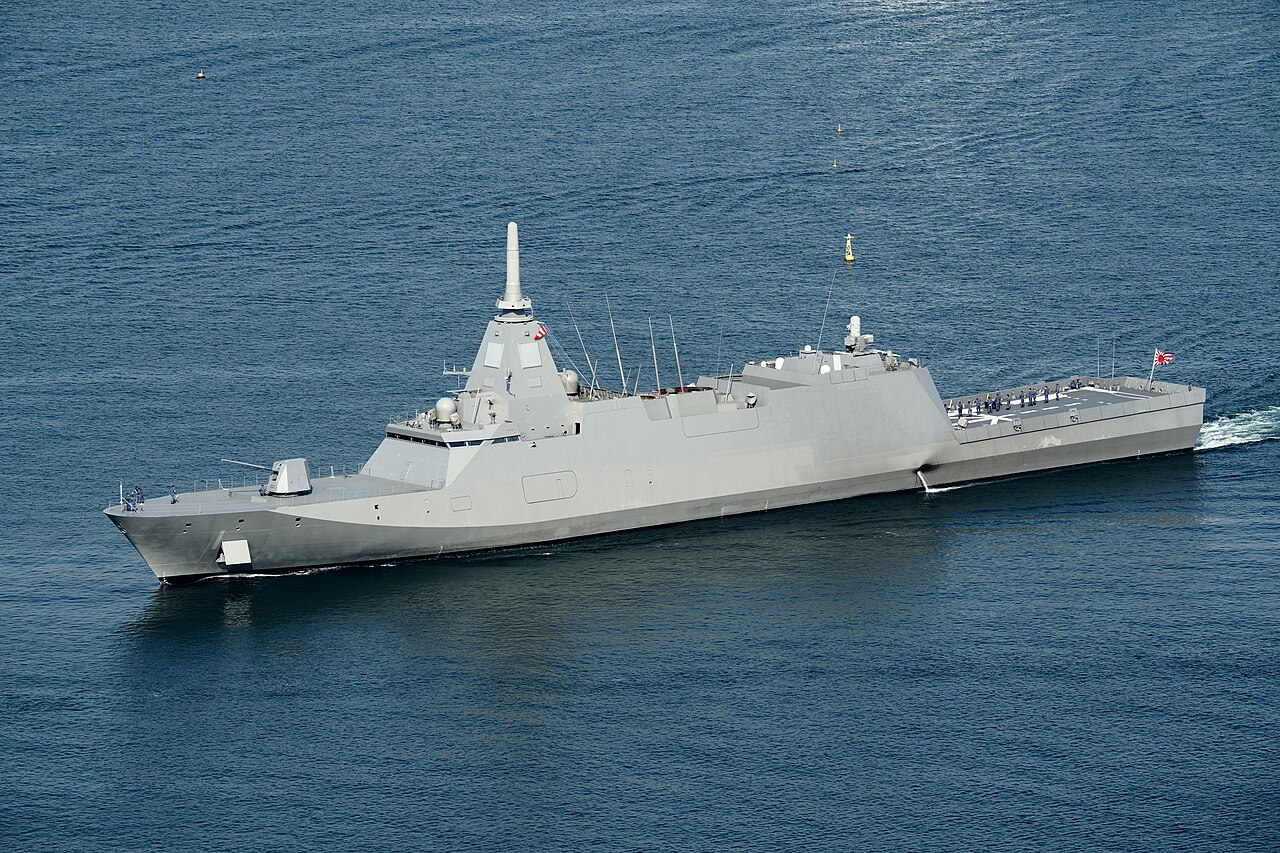
Among the Mogami’s advantages at the technical level, perhaps none were so distinctive and advantageous as the high degree of automation. The ship is designed to streamline workflow and systematize onboard operations, reducing redundancy and inefficiencies. The primary payoff from this emphasis on automation, and the one which likely stood out most prominently to Canberra, was the reduced crew requirement. Operational with a crew of 90, the Mogami brings the punch of a modern frigate, with a remarkably small complement. In comparison, the outgoing Anzac-class frigate requires a crew of 163, and TKMS’ rival MEKO A-210 design requires 120. As the RAN has historically struggled to recruit, having come in 1000 hires short of its target in 2023, a reduced manpower burden is a tremendous advantage for a class of 11 ships.
Beyond the Physical
Mitsubishi’s success in the GPF competition derives not only from the characteristics and suitability of its platform, but also from the quality of the company’s strategic approach to solicitation. Understanding that the lack of proven experience with international shipbuilding would hamper its selection, MHI undertook a comprehensive confidence-building strategy. In December 2024, a joint public-private promotion committee was established in Japan to advocate for the design’s sale, showing a robust backing from the national government and industry. This committee published English content promoting the design, helping to sidestep language barriers and exploit less traditional marketing techniques.
In-service Japanese Mogami frigates were deployed to Australia on several occasions, including one participating in a joint naval drill in April. These high-profile visits and operational demonstrations allowed Japan to showcase the platform directly to Australian prospective clients.
Timing was equally critical in Canberra’s decision. The RAN’s delivery date of 2029 left a lean schedule without much room for error. Unproven or limited-service designs offered greater uncertainties and possible delays to delivery. MHI, conversely, promised a fast rate of production and delivery for an already in-service ship, aligning itself deftly with Australian needs. The company was able to leverage not only its proven design, but also its currently active production lines, commissioning an average of two Mogami frigates for the Japanese Maritime Self-Defense Force a year. The established production lines, which should be able to quickly build the first three ships of the class, provide a hedge against delays.
The deal further deepens ties between Australia and Japan, unifying the two nations both defensively and economically. MHI may also be able to bring some of its extensive experience in shipbuilding at home to Australia’s shipyards, improving the industrial capabilities of its partner. As both countries also size up an increasingly assertive and militarily capable China, presenting a united front through a major arms deal sends a clear message to Beijing. This alignment reflects a growing trend of strategic military-industrial integration among U.S. allies in the Indo-Pacific, reinforcing collective deterrence and interoperability.
While a formal contract will not be signed until the end of the year at the earliest, Mitsubishi’s selection for the Australian GPF program is a massive win for the company and Japan at large. MHI bid as a dark horse but took the correct steps to incentivize Australia, leverage defense ties and properly identify the needs of the RAN at the right time. The deal may prove the key to opening not only the lucrative Australian defense market, but also other similarly sized markets elsewhere. A fleet of Japanese frigates in Australian service would have been unthinkable even two decades ago, but now it may be a sign of things to come, as non-traditional defense suppliers rise and capture market share traditionally associated with European and North American vendors. The pressure now falls on MHI to seize this opportunity to demonstrate its ability to fulfill shipbuilding orders with the same efficiency it showed in marketing its products. If successful, Tokyo could prove that Japanese exports will not be a fleeting success in the defense-industrial world, but rather, a lasting presence.
Tom Freebairn is a weapons analyst with Military Periscope covering naval affairs and maritime systems. He pursued an undergraduate degree in International Relations and Modern History, followed by a master's in Middle East, Caucasus, and Central Asia Security Studies from the University of St. Andrews. His master's thesis focused on the relationship between oil and separatist politics in Northern Iraq. Tom's interests include the politics of energy, ethnic separatism, the evolution of naval warfare, and classical history.


